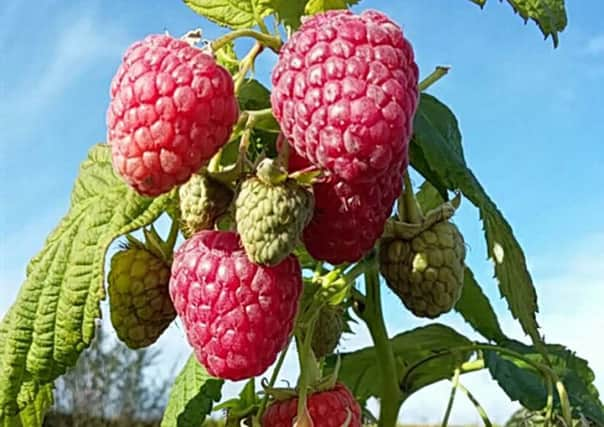Autumn fruit picked now has freshness


Often asked questions are “why grow soft fruits late when the weather is unpredictable?”, or “why not have just have the summer type and freeze any surplus?”
I grow both main and late varieties because, well-preserved as the former are, even brilliant in raspberry crumble, there is an unmistakeable freshness in those picked right now.
Advertisement
Hide AdAdvertisement
Hide AdJoan J and Autumn Bliss are two outstanding varieties, offering a steady stream of fruit in this garden. Their fruits are large anyway, but Joan J’s excel in response to a generous organic mulch.
When early and late types are grown it requires two distinct pruning regimes.
The old, spent fruiting canes are removed completely as soon as summer cropping is over, leaving all the strong new ones that will perform next year.
The autumn types will cease production in a few weeks. At the turn of the year they will be pruned to ground level, and it’s amazing how the new canes grow from zero to fruiting every year.
Advertisement
Hide AdAdvertisement
Hide Adl On the edible front, late-ripening apples still adorn the trees, autumn fruiting raspberries are excelling, and I’m psyching myself up to sample our latest batch of chillies.
Red hot chilli peppers need to be eaten with care and in minute amounts.
Three I’ve grown this summer have each held the world record for hotness in recent times. This is measured in Scoville Heat Units (SHUs).
Bhut Jolokia, Dorset Naga and Trinidad Moruga Scorpion all top one million SHUs on Wilbur Scoville’s scale, and they’re easily grown when started early with plenty of warmth. They can also be overwintered and encouraged into growth again next year.
The only difficulty I find is bracing myself to taste them.